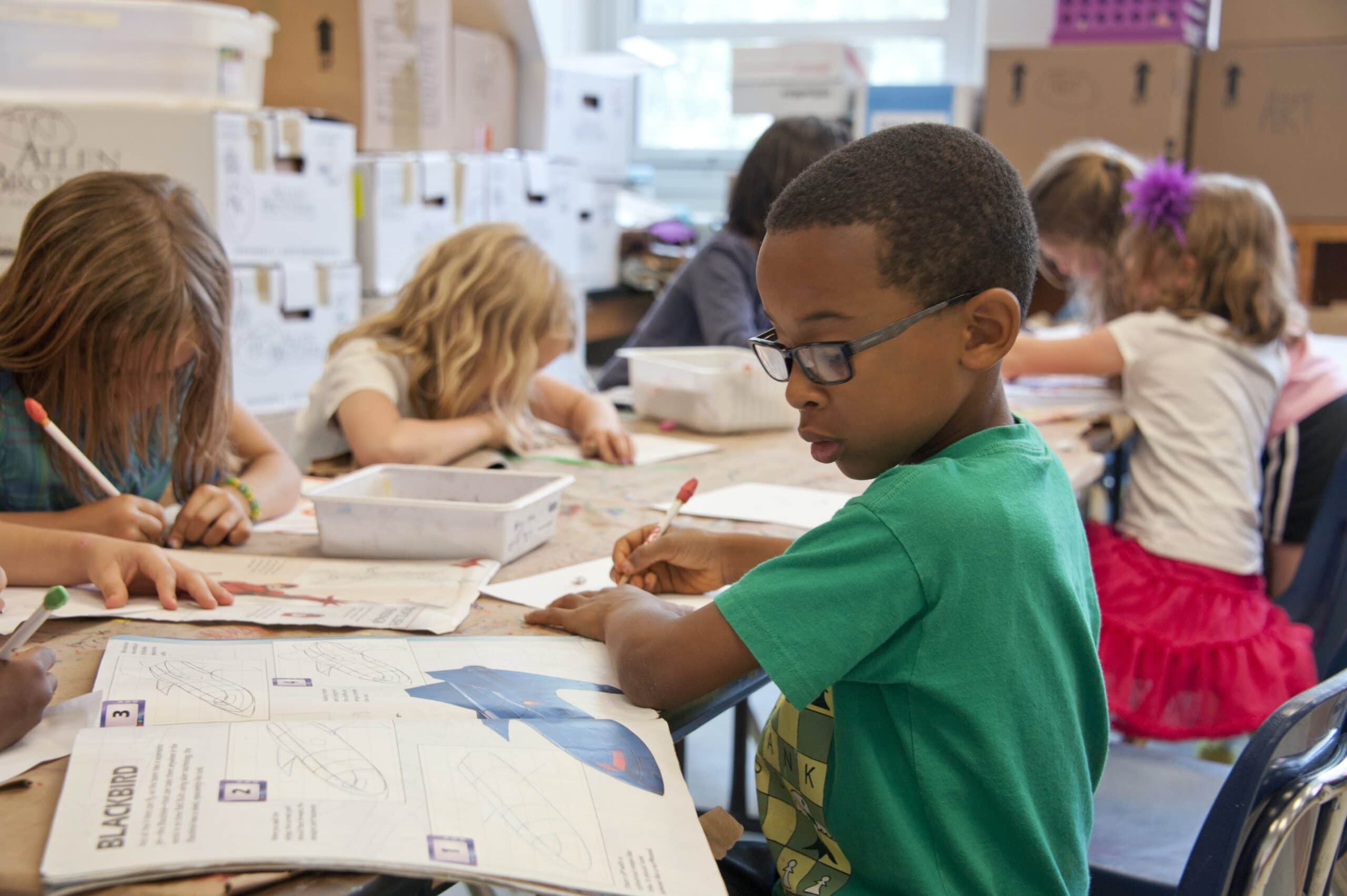What is safeguarding in schools?

As well as educating children, schools also play an important part in caring for them and have a responsibility to ensure that all children are being safeguarded.
Safeguarding is a process of protecting those that are vulnerable from abuse, neglect, harm, or exploitation.
Safeguarding is important in all educational settings including schools, colleges, nurseries, and universities.
If you want to check out our children’s and young persons courses, you can see our full range of courses on our page.
What is safeguarding in schools?
All children have the right to grow up in an environment that is safe and where they are cared for, enabling them to reach their full potential. Unfortunately, this is not always the case.
Schools have a duty to look out for signs that a child may be at risk of abuse, neglect, or exploitation either at school or at home.
The primary objective of safeguarding children in schools is to take steps to ensure that all pupils that attend the school are safe, this is achieved by:
- Protecting children from maltreatment.
- Preventing harm to children’s health or development.
- Ensuring children are safe and being cared for.
- Taking action to enable all children to have the best outcomes.
Whilst every child should be safeguarded, there are certain types of children who may be more vulnerable than others.
These include:
- Disabled children.
- Children with special needs.
- Children in unstable family situations.
- Children using alcohol or drugs.
- Children in care.
- Young carers.
Every member of staff working within a school should be trained to identify vulnerable children, recognise when a child may be at risk, and report any concerns that they may have to the relevant person.
Why is safeguarding so important?
Every person within a school who comes into contact with children has a duty to safeguard them.
All children under the age of 18 are vulnerable to mistreatment and schools play an essential part in
protecting children from abuse and neglect as children spend such a large portion of time in educational settings.
Every child has a right to a safe environment to grow up in and staff at schools play an important part in ensuring that this is the case.
Effective safeguarding in schools can help to:
- Identify particularly vulnerable or at risk children.
- Act if a child is being maltreated.
- Monitor children who may be at risk.
- Create a safe and secure school environment.
- Educate children in how to stay safe.
- Protect children from bullying.
How are children safeguarded in school?
Safeguarding in schools is usually overseen by a designated person call the safeguarding lead.
An effective safeguarding process should involve the following:
- Creating a safe environment for children to learn in.
- Ensuring no one who works in the school poses a risk to children.
- Training all staff in safeguarding.
- Teaching children about how to stay safe.
- Identifying signs that a child may be at risk.
- Ensuring all staff know how to report any concerns they have.
- Providing a safe space for children to discuss any problems they are having.
Creating a safe space at school can give children the confidence they need to confide any problems they are having outside of school. This can help to flag up any cases of abuse or neglect that are happening in the children’s lives.
Childhood experiences can shape a person’s life, so safeguarding children at school has the potential to make a big difference to their futures.
Are safeguarding leads in school necessary?
Every person who works within a school has a responsibility to safeguard the children that attend it.
This includes all staff, from the teachers and teaching assistants to the caretaker and kitchen assistants. With so many people looking out for the children, is a safeguarding lead necessary?
The answer is yes. The school safeguarding lead is essential for ensuring that the organisation’s safeguarding process is always up-to-date and overseeing it on a day-to-day basis.
The safeguarding lead should also have completed a relevant training course to ensure that they understand all the current policies, procedures, and best practices surrounding safeguarding children.
An appropriate safeguarding training course will need to be completed once every two years to ensure that the safeguarding lead’s knowledge is up-to-date.
Safeguarding training with CBAT
Here at Care Business Associate Training, we offer a range of professional safeguarding training courses to provide safeguarding leads with the knowledge and understanding they require to provide effective protection to vulnerable people.
Browse our courses online or speak to a member of our team by calling 01772 816 922 or admin@cba-training.co.uk.